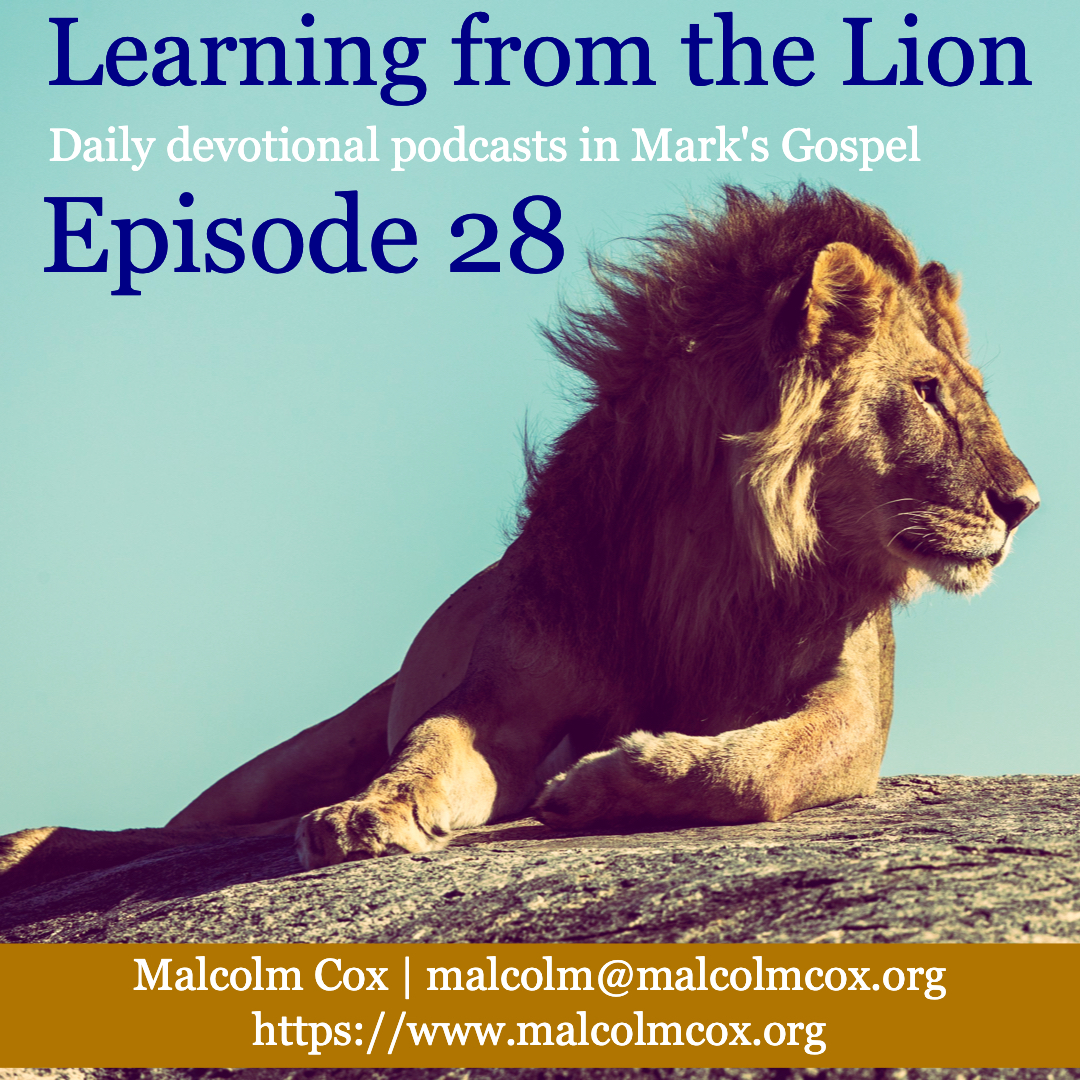
Class 4: “And forgive us our debts, as we also have forgiven our debtors. And lead us not into temptation, but deliver us from the evil one.’” (Matthew 6:12–13 NIV11)
Introduction
“Do not be like them, for your Father knows what you need before you ask him.” (Matthew 6:8 NIV11)
Note: This is how you should pray, not, this is what you should say.
Looking back to beatitudes – Matthew 5:7
- Forgive us our debts
Jewish teaching regarded sins as “debts” before God; the same Aramaic word could be used for both.
What are we praying for, when we pray asking for forgiveness?
Personal honesty: (1 John 1:8–10 NAS95)
An act of faithful surrender
“To confess your sins to God is not to tell him anything he doesn’t already know. Until you confess them, however, they are the abyss between you. When you confess them, they become the bridge.” (Frederick Buechner)
Corporate nature – our collective sins as Christendom? Local church? Not tackling injustices around us? (Amos 2:6 NAS95) - As we also have forgiven our debtors
“The point lies not in the time-sequence, but, as vv. 14–15 will explain, in the insincerity of a prayer for forgiveness from an unforgiving disciple.”
Matthew 6:14–15
Some translations indicate that we have forgiven our debtors, but the Greek could mean something more like “as we herewith commit to forgiving our debtors”.
It would be insincere to ask for forgiveness while at the same time holding on to bitterness towards someone else
We need to desire other people to be forgiven as much as we hope for it ourselves
We are not victims, we are healers – of ourselves and other people
Jesus is our example: ““Father, forgive them; for they do not know what they are doing.” (Luke 23:34 NAS95)
Don’t forget that there is more than enough grace – Romans 5:20–21
More grace than sin
God delights to forgive
A comfort to you and me
And an inspiration to motivate our forgiveness of others - Lead us not into temptation
“Keep us safe from ourselves” (Matthew 6:13 MESSAGE)
Lead us not
God does not tempt: James 1:13
Not so much lead us not into temptation, but, lead us away from temptation “into righteousness, into situations where, far from being tempted, we will be protected and therefore kept righteous.
Temptation
“Parallels with ancient Jewish prayers, and possibly the Aramaic wording behind this verse, suggest that the first line means: “Let us not sin when we are tested”—rather than “Let us not be tested” (cf. Matt 4:1; 26:41 in context; cf. Ps 141:3-4).”
peirasmos is better ‘testing’.
“Let us not be brought into temptation [i.e., by the devil].”
If the word “temptation” can be taken to mean “trial or temptation that results in fall”, makes even more sense
Mark 14:38
But….
- Deliver us from the evil one
“Keep us safe from ourselves and the Devil!” (Matthew 6:13 MESSAGE)
Deliver us
Perhaps stress is on vulnerability of a disciple. We are dependent on God for help because we are weak.
Just as we need to depend on God for physical needs (Mat 6:11), we need to remember to be actively dependent on him for spiritual victory and moral triumph.
““Blessed are the poor in spirit, for theirs is the kingdom of heaven.” (Matthew 5:3)
The evil one
Or, from evil.
Don’t forget that you are in enemy controlled territory
“Enemy-occupied territory, that is what this world is. Christianity is the story of how the rightful king has landed, you might say landed in disguise, and is calling us to take part in a great campaign of sabotage.” (C.S. Lewis – Mere Christianity)
(Ephesians 6:12 )
“Satan may be a vanquished foe whose demise is inevitable, but the aggression of his death-throes remains terrifying. ‘He is filled with fury, because he knows that his time is short’ (Rev. 12:12).” Pete Greig, “How to pray”
“So let God work his will in you. Yell a loud no to the Devil and watch him scamper.” (James 4:7 MESSAGE)
Doxology
“The prayer is likely to have been originally given and used with the form of a concluding doxology (an essential element in most Jewish prayers) left free, probably as a congregational response. The form we now know (modelled on 1 Chr. 29:11–12?) gradually became standardised as a part of the prayer itself, probably during the second century.”
Conclusion
Questions for discussion:
What stands out to you from this verse?
How might your prayer life grow because of what this verse teaches you about God, yourself and prayer?
Suggestion: Pray these verses every day for a week
Please add your comments on this week’s topic. We learn best when we learn in community.
Do you have a question about teaching the Bible? Is it theological, technical, practical? Send me your questions or suggestions. Here’s the email: malcolm@malcolmcox.org.
If you’d like a copy of my free eBook on spiritual disciplines, “How God grows His people”, sign up at my website: http://www.malcolmcox.org.
Please pass the link on, subscribe, leave a review.
God bless, Malcolm



